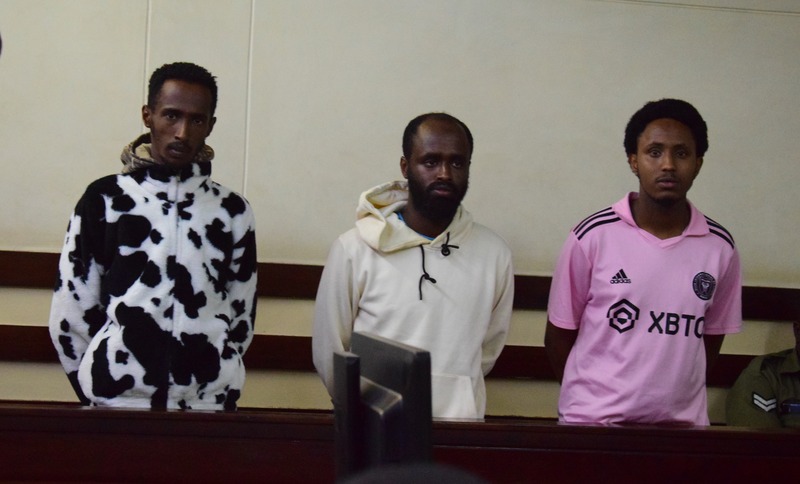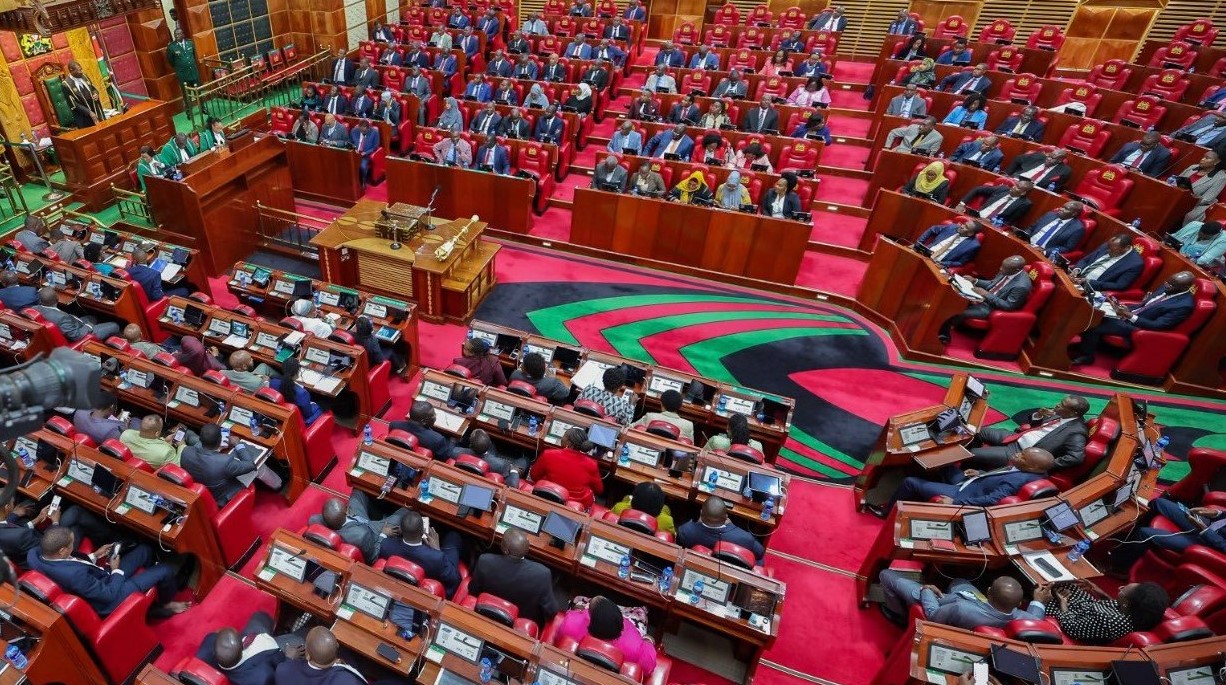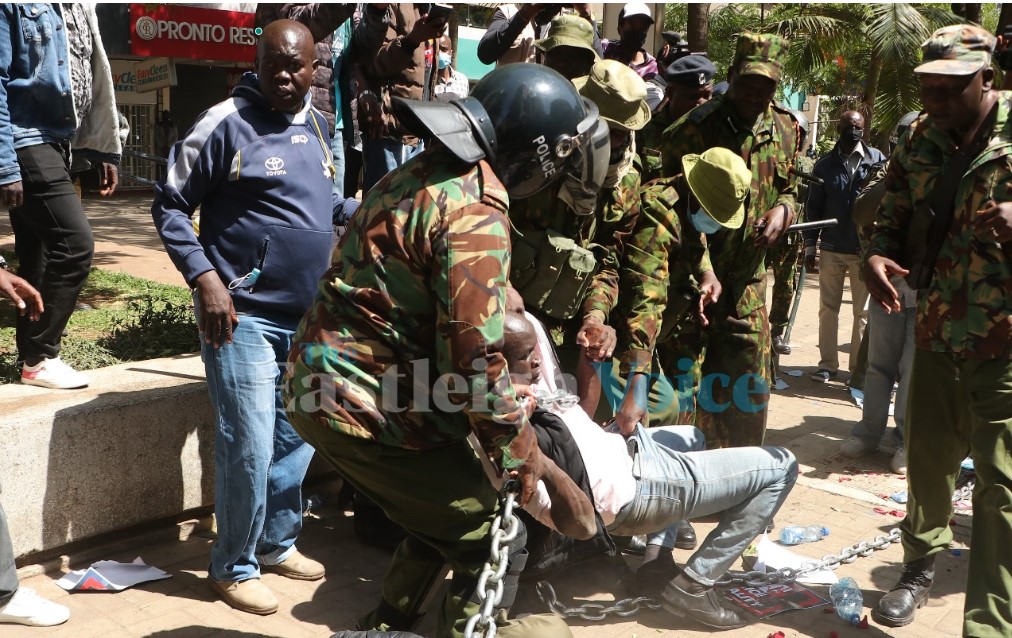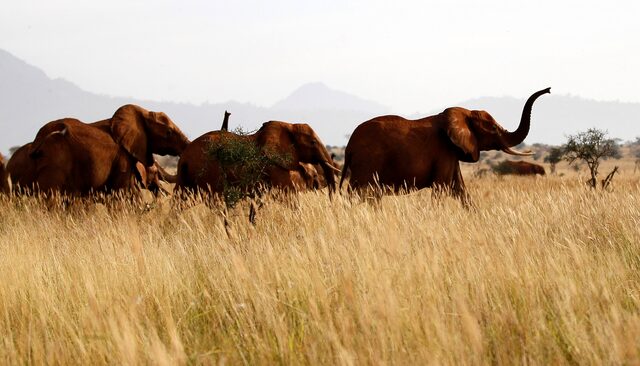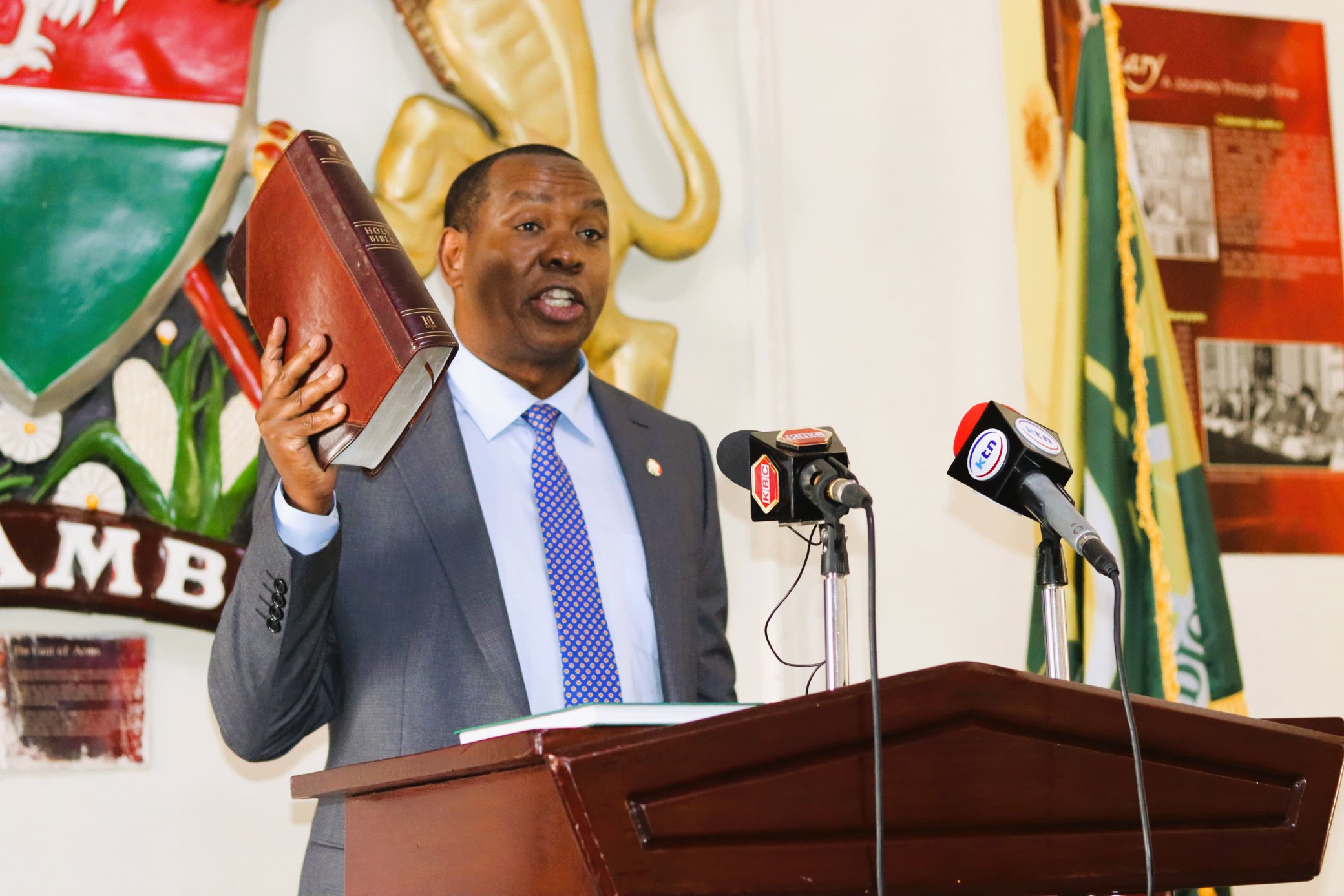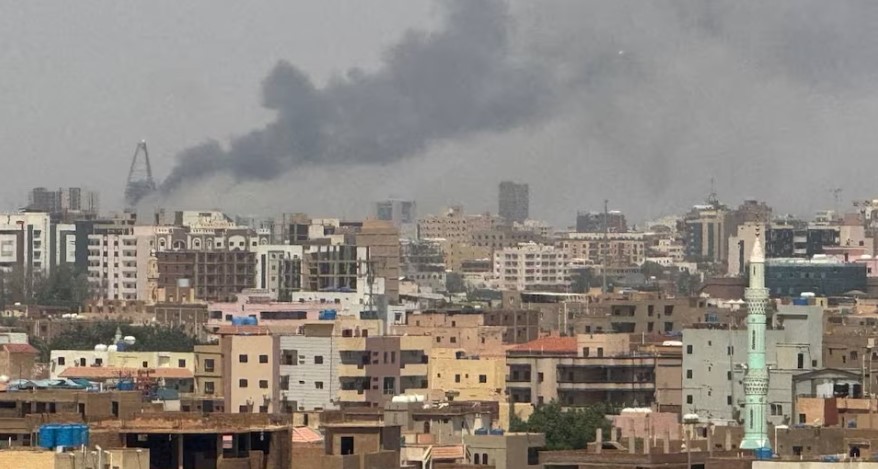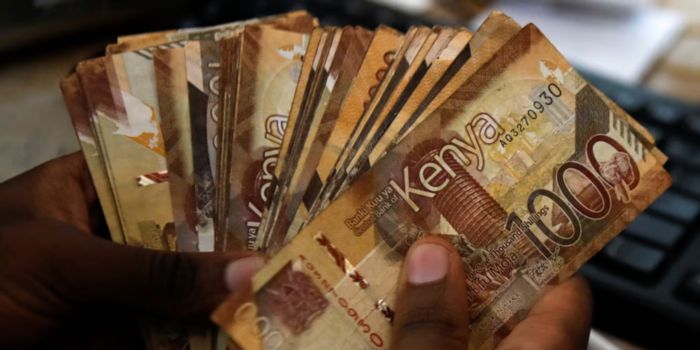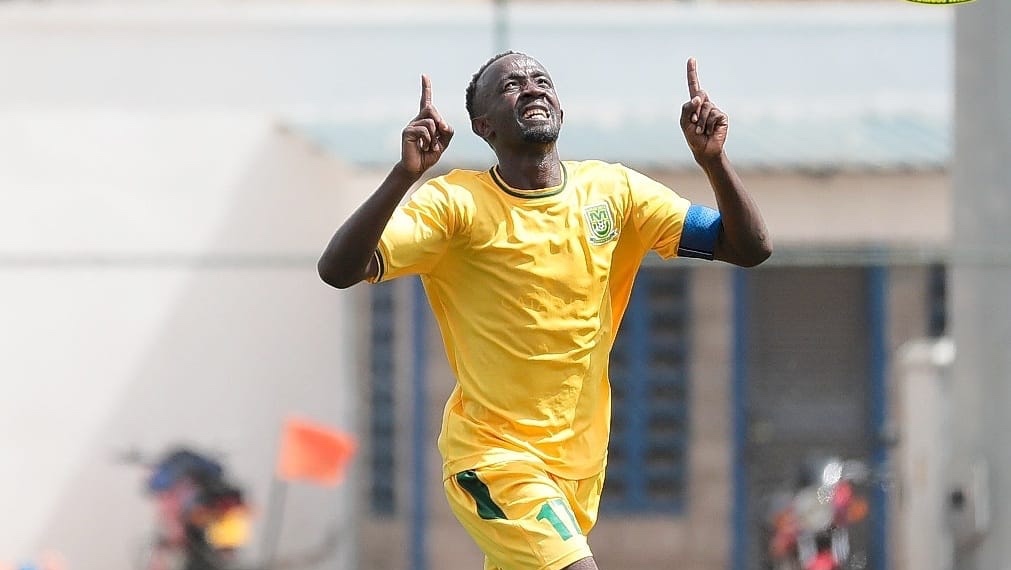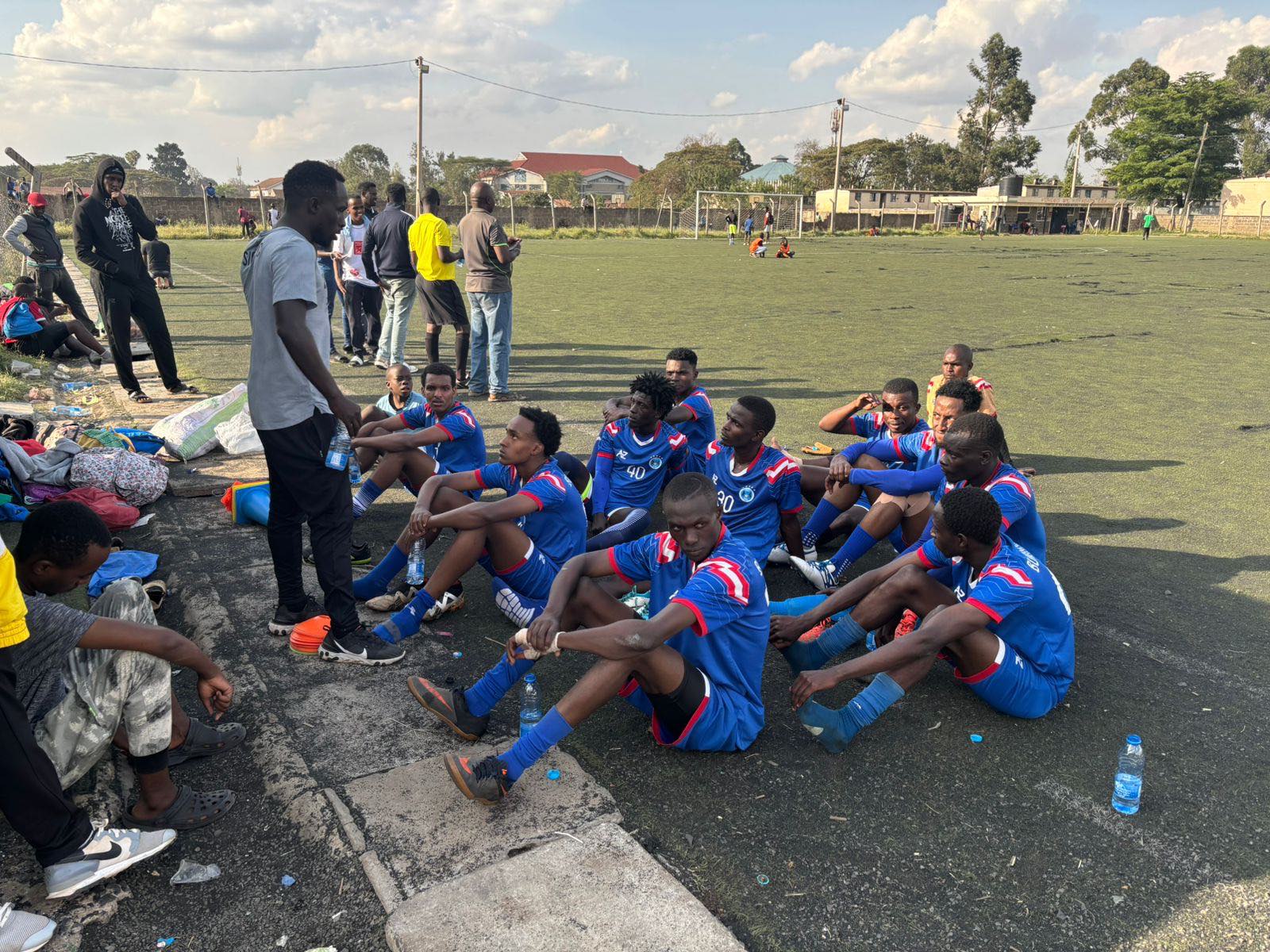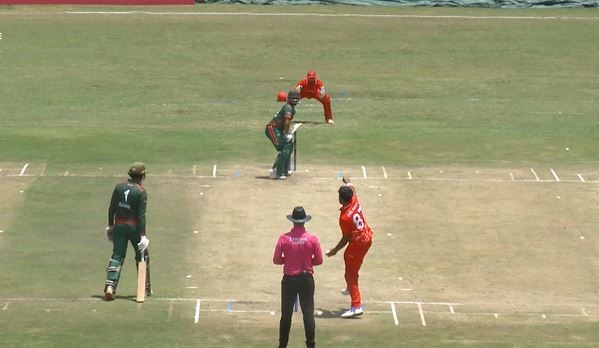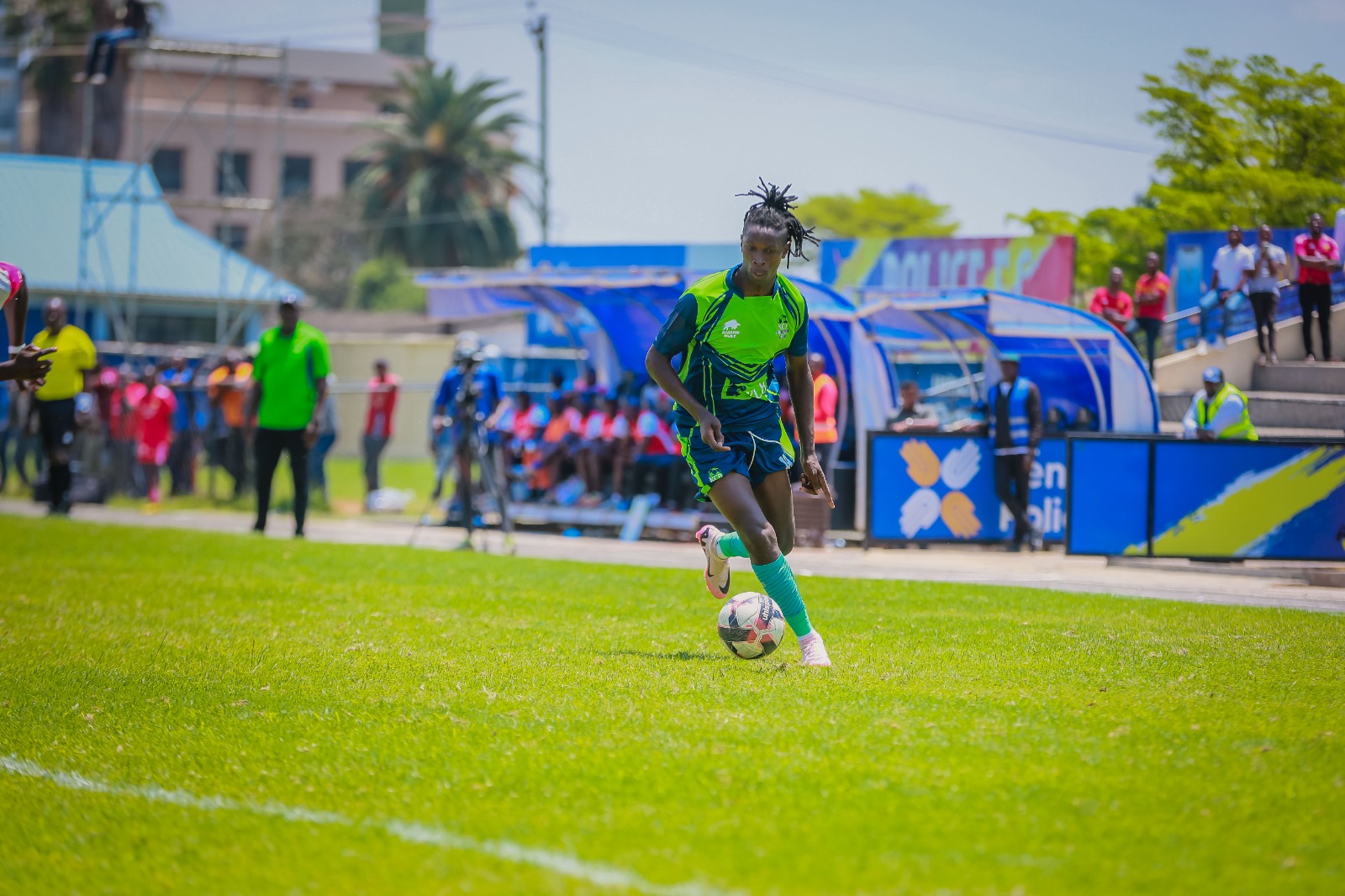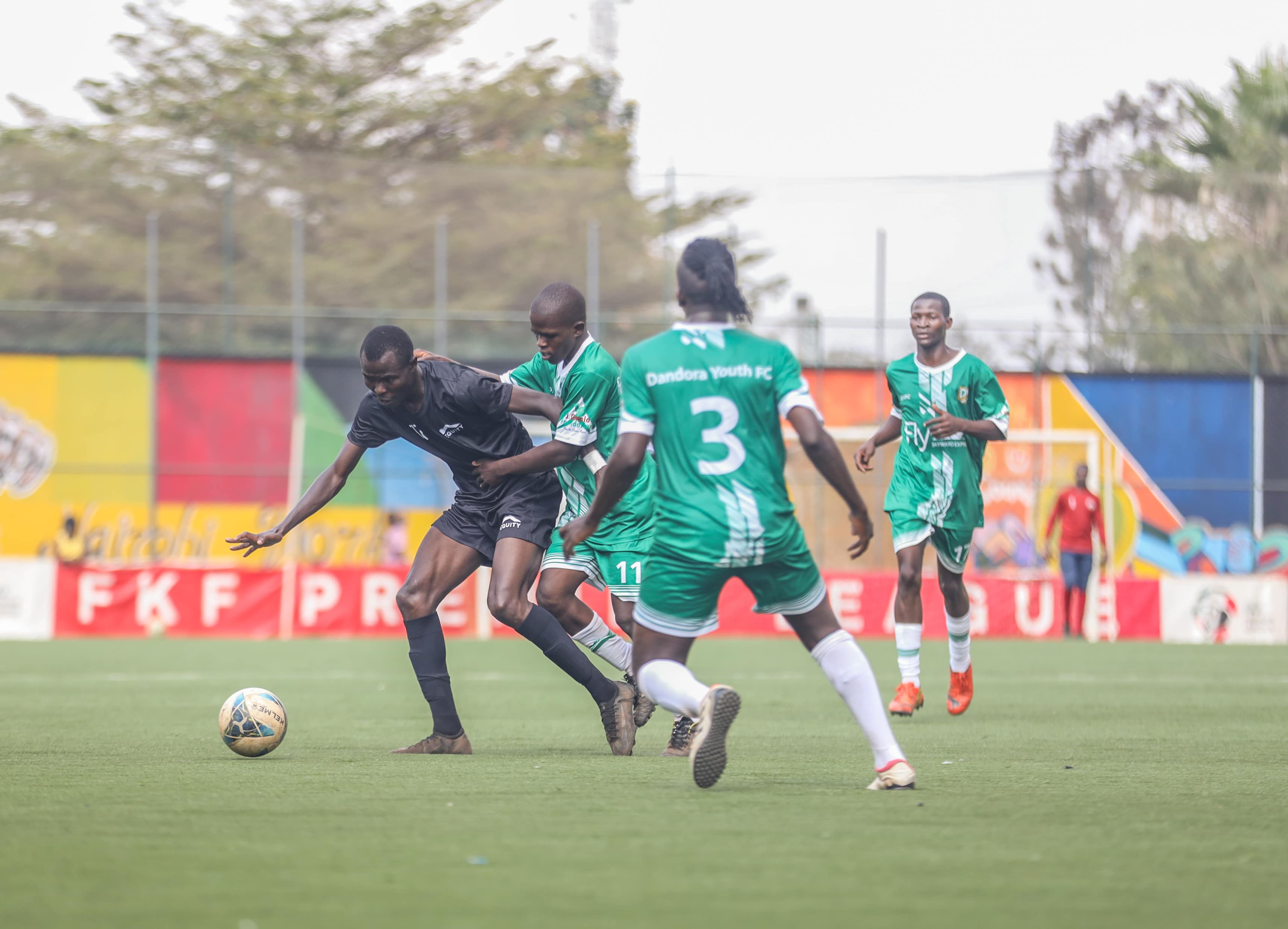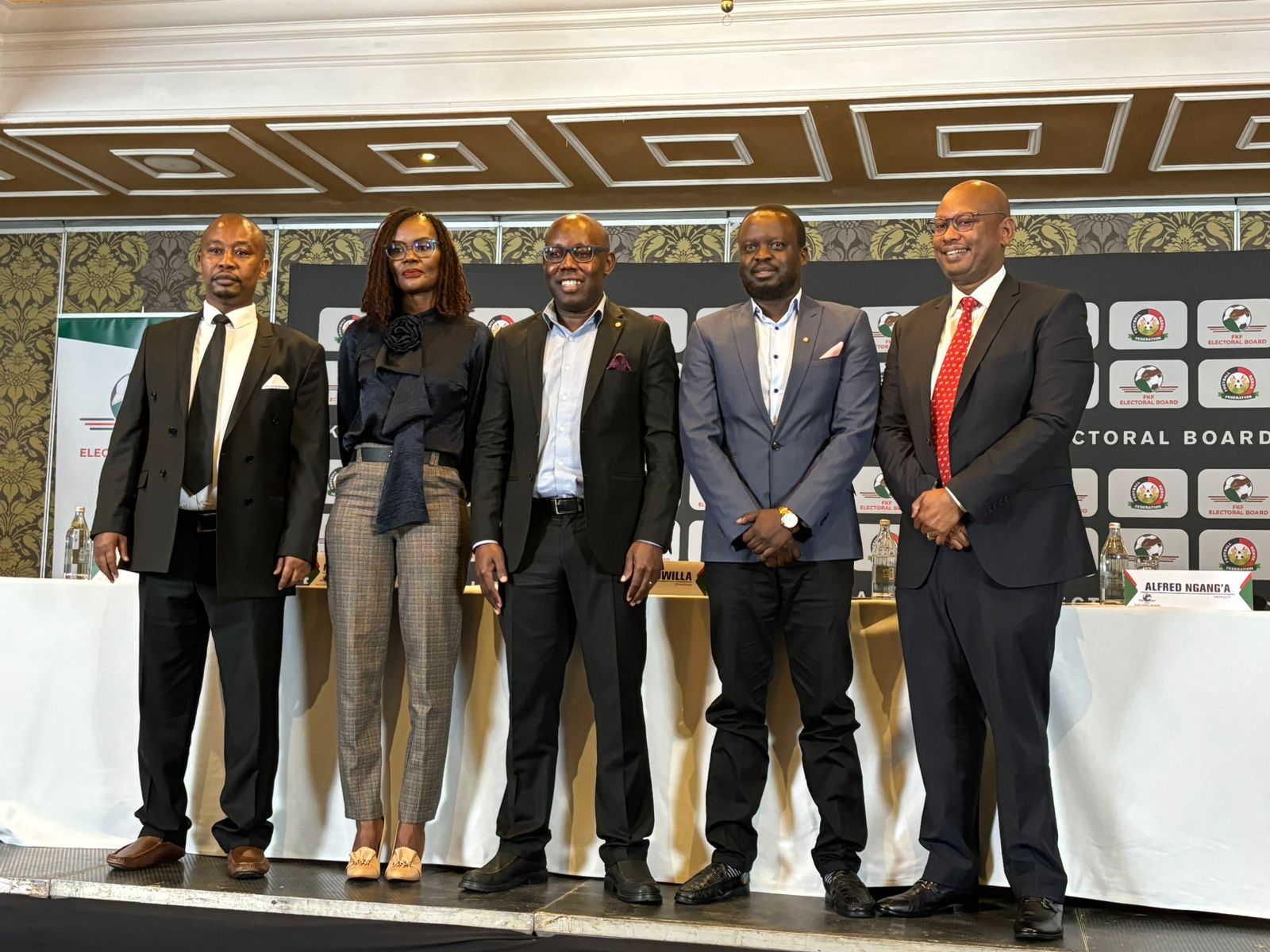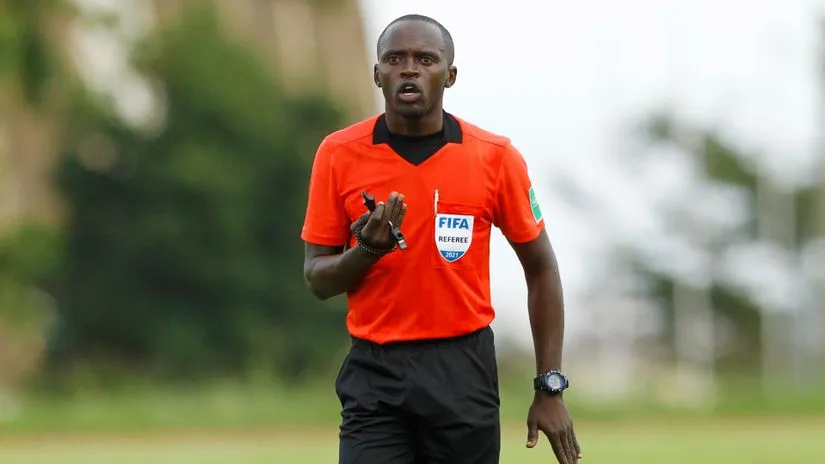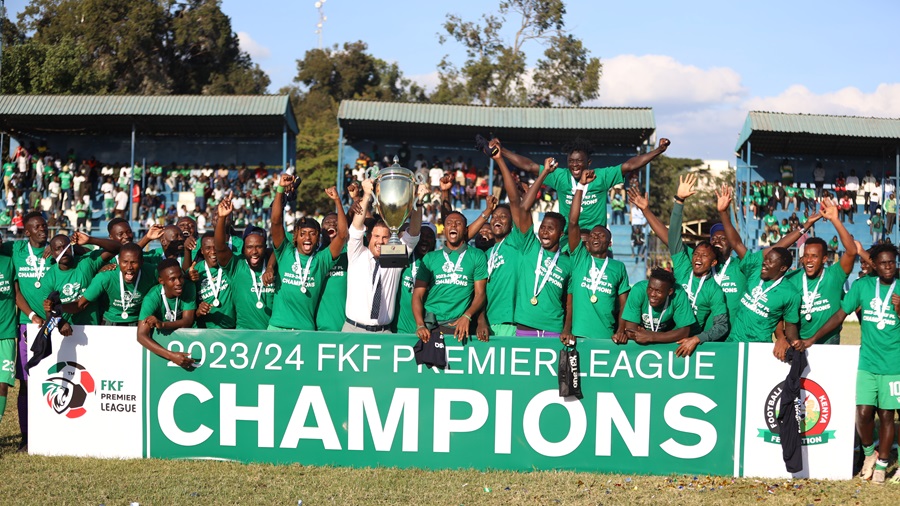Sammy Pamzo Omollo's journey from cricket fields to football pitches
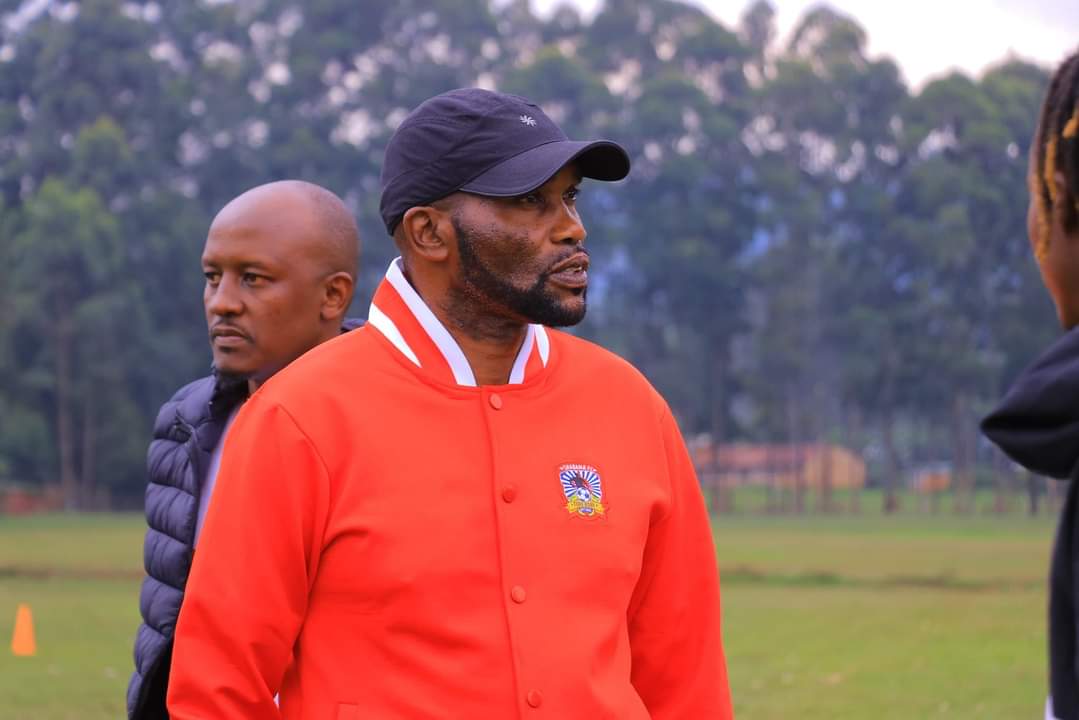
By Michael Kirwa |
Former Kenyan international Sammy "Pamzo" Omollo, now the head coach at FKF Premier League side Shabana FC, doubled as a cricketer and footballer, but settled on the latter, and one would argue he has largely been successful.
In hindsight, Shabana FC coach Sammy “Pamzo” Omollo may have unknowingly had a vision of what the future of Kenyan cricket would look like when he grew up on Park Road in the 1970s and 1980s.
Park Road in the Ngara area of Nairobi, with its verdant surroundings and houses for staff of various ministries as well as proximity to a number of sports clubs, is the cradle of the Kenyan cricket team that sent shockwaves in the sport globally in the 1990s and 2000s.
Keep reading
In addition to the exploits of the Obuyas, the Odoyos, the Odumbes, the Sujis, and the Tikolos, the Omollos would have been part of the awe-inspiring folklore of the Park Road Boys, who headlined the halcyon days of Kenyan cricket.
Omollo, now 53 years old, projects certainty that he, and possibly his younger brother Tom Omollo, would have been part of that swashbuckling gang of Park Road Boys who transitioned from playing cricket with maize cobs and bats fashioned from tree branches and wooden planks to showing the world what Kenyan cricket was made of — an adventurous and exciting blend of innovation, passion, and strategy.
“Park Road those days had two sides - Upper Park Road and Lower Park Road. The Upper Park Road lads played cricket while we, on the lower side, engaged in football. However, we used to mingle so much that cricket became a thing for me too,” Omollo, who went on to play for Harambee Stars while also featuring for Gor Mahia, Kenya Pipeline, Kenya Breweries, and Securicor in the local top flight, said.
“We played cricket using maize cobs as balls and bats we fashioned from tree branches or wooden planks. If I had continued playing cricket, I am sure I would have featured internationally for Kenya because the Obuyas, the Odoyos, the Odumbes, the Sujis, and the Tikolos were my mates, and I was as good as them, if not better,” Omollo added.
Before turning his focus to football due to influence from his father, Dishon Omollo, Omollo and his mates were part of the Swamibapa Cricket Club, and they would spend most of their weekends playing matches around Nairobi against teams like Aga Khan, Gymkhana, Simba Union, and Sir Ali.
Omollo and his mates turning out for Swamibapa instead of the nearby Sir Ali took a lot of sacrifice, as the club was based in Lavington and used to play its matches at Kilimani Primary School.
They even played against Kanbis, who hosted, and continue to do so, their home matches at Eastleigh High School.
“Those days, cricket was spread almost all over the city. I played for Swamibapa, who used to play their games at Kilimani Primary School. So, we used to move a lot to play matches and sometimes we would find ourselves at Eastleigh High School when it was our turn to play Kanbis,” Omollo said.
“In fact, my young brother Tom studied at Eastleigh High School and even played cricket for the school team. He was a wicketkeeper. Back then, Eastleigh High School had a lot of Asian students so the sport was very popular in the school. I understand that the school’s demographics have changed now but it still impresses me that Kanbis Sports Club is still at the school,” Omollo added.
Martin Suji, one of Omollo’s boyhood playmates who went to play for the Kenya national cricket team, also studied at Eastleigh High School and played for Kanbis Sports Club.
The path Suji’s career took makes a convincing case that Omollo would have also featured for the national cricket team had he gone to Eastleigh High School.
However, unlike his younger brother Tom and Martin Suji, the school Omollo went to for his high school studies did not support cricket. That, coupled with his father’s wish for him to play football, saw him give up on his dreams and hopes of featuring for Kenya as an all-rounder.
“I was a right-hand batsman and a fast bowler so I could help my team in many ways. However, when I joined Githumu High School in Murang’a, I could no longer hone my cricket skills on a daily basis because the school did not have facilities to support the sport. As such, I ended up satisfying my father’s wishes by playing football,” Omollo, who went on to become one of the best defenders Kenya has even produced, said.
“My father wanted me to play football. He had no interest in cricket at all. He was also the chairman of all the Gor Mahia fan groups in Nairobi so it meant even more to him that I played football. My father was employed by the Ministry of Water and when he started a team called Maji FC, there was no way, as his son, I could not play for his team when school closed. That and studying in Murang’a took me away from cricket.”
While his father's wishes and the school that was selected for him to join for his high school studies took him away from cricket physically, Omollo remained sentimentally attached to it and continued to follow the sport passionately.
Omollo even got to experience cricket in India when he spent five years there between 1996 and 2001, playing football for East Bengal and Mohun Bagan.
“Playing football in India allowed me to experience Indian cricket. During my free time, I would play cricket with locals and I was still skilled enough in the sport to impress locals who, as a result, developed an appreciation and liking for Kenyan cricket and football,” Omollo said.
“At the time, most Indians did not know that Kenyans could also play cricket and football pretty well. They always thought of us as an athletic nation. It proved to be a good moment for cultural exchange because, even before going to India, I never knew that they were capable of producing good footballers. I had only associated them with cricket and hockey.”
Even though Omollo would have wished to keep alive the cricket legacy in his family by having his son, Dickson Omollo, take up the sport, Kenyan cricket sliding back to the doldrums, coupled with other factors that Omollo considers responsible for the deterioration of the sport in Kenya, prevented that wish.
“Cricket in Kenya started dying when we, the Park Road Boys, scattered. We all left Park Road after becoming adults and as such, even if we wanted our children to play cricket, they already lacked a foundation like ours—cricket was not a popular sport in the areas that we moved to,” Omollo explained.
Pamzo actually almost represented Kenya in cricket. He grew up with Odumbes, Sujis, Tikolos, and most of the other members of that Kenyan cricket team that rocked the world in the 1990s and 2000s. Pamzo was the best cricket player in that lot. https://t.co/bIO8m83mlT
— Anagram254 (@Anagram254) January 12, 2024
“Also, the mass emigration of Kenyan Asians to the UK somehow reduced our talent pool, as most of those who left are those who had a tradition of playing cricket in their families. Also, the collapse of the government housing project in Ngara for staff of various ministries affected the growth of the sport. People had to move away and the place became deserted. The other thing is, as with most of our other sports, mismanagement and politics at the body running cricket in Kenya,” Omollo added.
Going back to Park Road, where Omollo and his mates played cricket with his mates using maize cobs and bats fashioned from tree branches and wooden planks, one cannot help but wonder about the impact Omollo would have had on Kenyan cricket had he progressed to become a national team player in the sport.
But, then again, what would have been the story of Kenyan football without Sammy Omollo in it? We will never know.
Reader comments
Follow Us and Stay Connected!
We'd love for you to join our community and stay updated with our latest stories and updates. Follow us on our social media channels and be part of the conversation!
Let's stay connected and keep the dialogue going!

